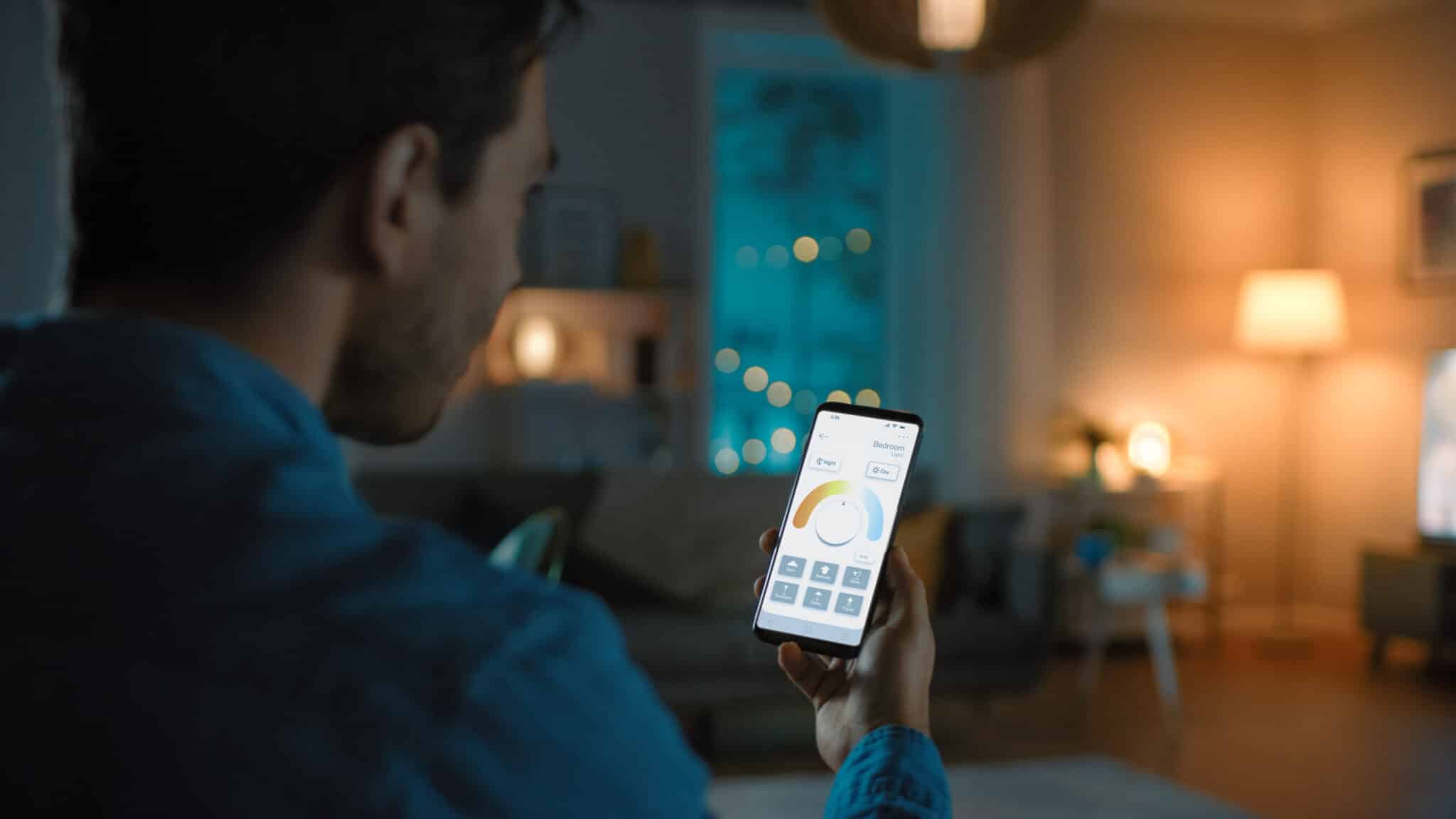Depending on who you talk to, technology has either made reading more enjoyable or less necessary. If you’re in the former category, you’re likely familiar with eReaders. While some might suggest digital reading isn’t the same as reading a book, many argue that eReaders have allowed reading to be more accessible than ever.
There are a number of very capable eReaders on the market with just about every feature you could think of. But not every eReader is suitable for every person. We’ve listed five important things you should keep in mind when looking to transition from reading on paper to reading on a screen.
1. Consider an eReader’s Screen Size & Resolution
Most eReaders are going to be the size of your average paperback novel or non-fiction title, roughly six inches to seven-and-a-half inches in diameter. This allows you to handle page and text sizes that you’re already familiar with.
While most devices allow you to change, increase or decrease the size of the font on the screen, the screen itself is the size of a typical page in a book.
Other screen features that vary include:
- Sharpness
- Contrast
- Light
Most eReaders use something called electronic ink, or e-ink, and electronic paper. This combination simply creates the visual on the screen that’s similar to looking at words on a physical page. E-ink features sharp contrast and low light designed to decrease eye fatigue often associated with looking at a computer screen.
2. Choose an eReader that has the Memory Size You’ll Need
Most eReaders feature excellent memory capability, with entry-level models starting at 4GB (which can hold thousands of books) going all the way up to a maximum of 32GB.
To give you an idea of how many books an eReader can handle, 8GB of storage is equivalent to approximately 6,000 books. This should be enough to satisfy even the most avid reader for quite some time.
3. Don’t Forget Audiobook Capability if You Want to Listen to Books, Too
Those in the market for an eReader should note that not every model offers audiobook capability. Listening to books requires an eReader that can handle this specific feature.
Depending on the manufacturer or model drawing your interest, it’s a good idea to double check to make sure the device not only supports audiobooks but supports your particular preferred audiobook platform as well.
4. Battery Life Depends on How You Use Your eReader
Like computers, eReaders have come a long way in terms of extended battery life. Even the entry-level eReaders starting at less than $100 boast a battery life of several weeks on a single charge.
Of course, the more features deployed while reading an ebook, the quicker the battery will run out. Some features that will deplete your eReader’s battery include:
- Brighter lighting
- Color
- Automatic page turner
- Audiobook capability
5. Cost Doesn’t Just Mean What’s On the eReader Price Tag
Since eReaders have become so popular, there’s now a model to fit just about every budget. The least expensive device on the market begins at $65, while the most expensive versions cost as much as $250.
In addition to the cost of the eReader itself, it’s worth remembering that individual book titles also add to the cost of owning an eReader.
Accessories will cost you extra, including:
- Device covers
- Extra chargers
- Screen protectors/covers
So, just remember that with all the bells and whistles, an eReader can get a bit pricey.
eReader Models to Keep in Mind
Perhaps the most popular eReader today is the Amazon Kindle. Released in 2007, it was the first device of its kind and retailed for $299. The current version of the basic Kindle now sells for about $90 while the more deluxe version comes in at $250.
Then there’s the Nook, which Barnes & Noble introduced in 2011. This device was touted not just as an eReader, but as a tablet and a media player, too. Now available in two versions, the Glowlight Plus and the Glowlight 3, they retail for $199 and $119, respectively.
Kobo introduced their eReader in 2010 and marketed it initially as an inexpensive alternative to the Kindle. In 2011 Rakuten acquired a controlling stake in Kobo, Inc. and further developed the eReader. Today, there are four variations of the Kobo eReader to choose from.
The Apple iPad is not necessarily an eReader, but its iOS can perform like one. In addition to being a media player and computer, the iPad supports Kindle, Nook and Kobo apps and can access any book those individual ecosystems support.
The good news is that if you’re in the market for an eReader, there are enough out there that you should be able to find one in your price range with convenient features you’ll love.






